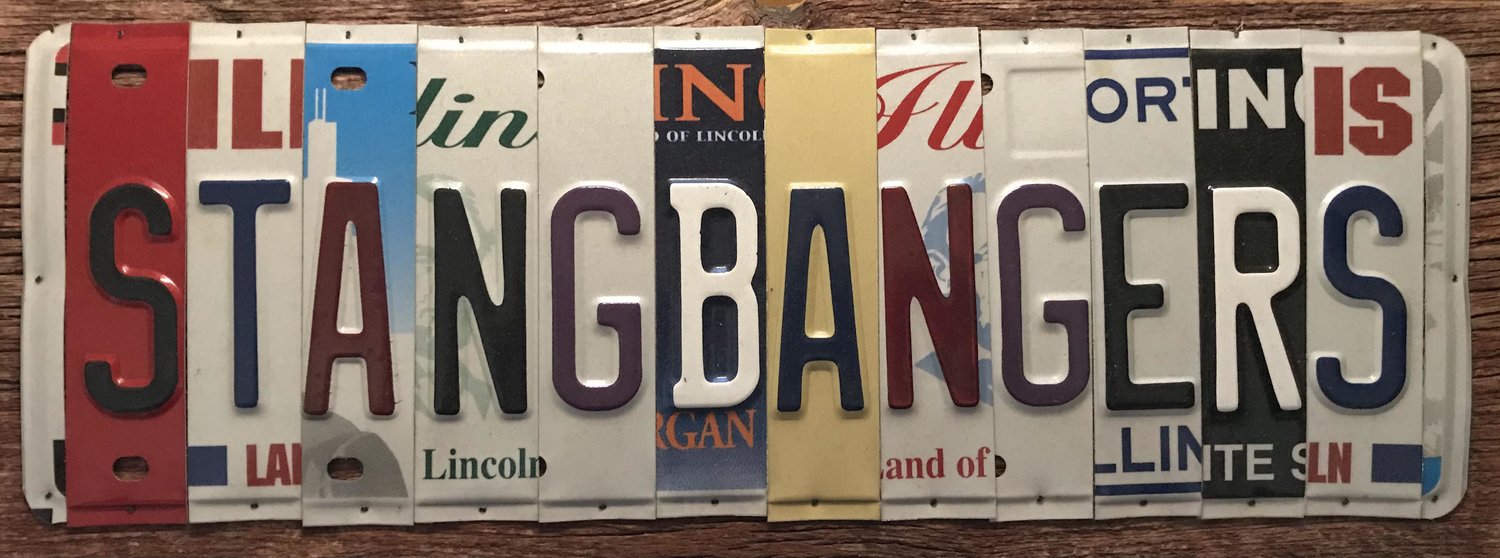High Performance Racing Fasteners: How ARP Fasteners Are Made
While racing and land speed records were in existence before WWII, these speed activities blossomed after the war’s end. Motorsports growth can be attributed in large part to the experience and technological advancements from the war effort. Plus, there was a vast surplus of parts as the military sought to shrink down its inventories.
Almost overnight, hot rodders and racers took advantage of equipment and parts that were significantly more dependable and stronger than anything previously used in the automotive world. Aircraft-grade hardware became an essential item — and for a good reason — speeds were increasing on the tracks and dry lakes.
Hardware sold for household and farm use was typically made from low carbon steel worked well for most residential use. This included the family grocery getter. Once the American automobile manufacturers returned to making cars instead of tanks and airplanes, pre-war hardware was not good enough for speed enthusiasts. These race car builders sought out aviation hardware, which implanted an idea implying the very best in design, materials, and quality control came from the aviation industry.
It is true that commercial-grade hardware from your local hardware or retail auto store should not be considered for aviation use due to lower tensile strength. The same is true of aviation bolts when it comes to high-performance race cars. If you’ve been around any high-performance engine, you probably know the name ARP (short for Automotive Racing Products). According to ARP’s Director of Sales and Marketing, Chris Raschke, “In racing, “aerospace fasteners are not even close to good enough.”




